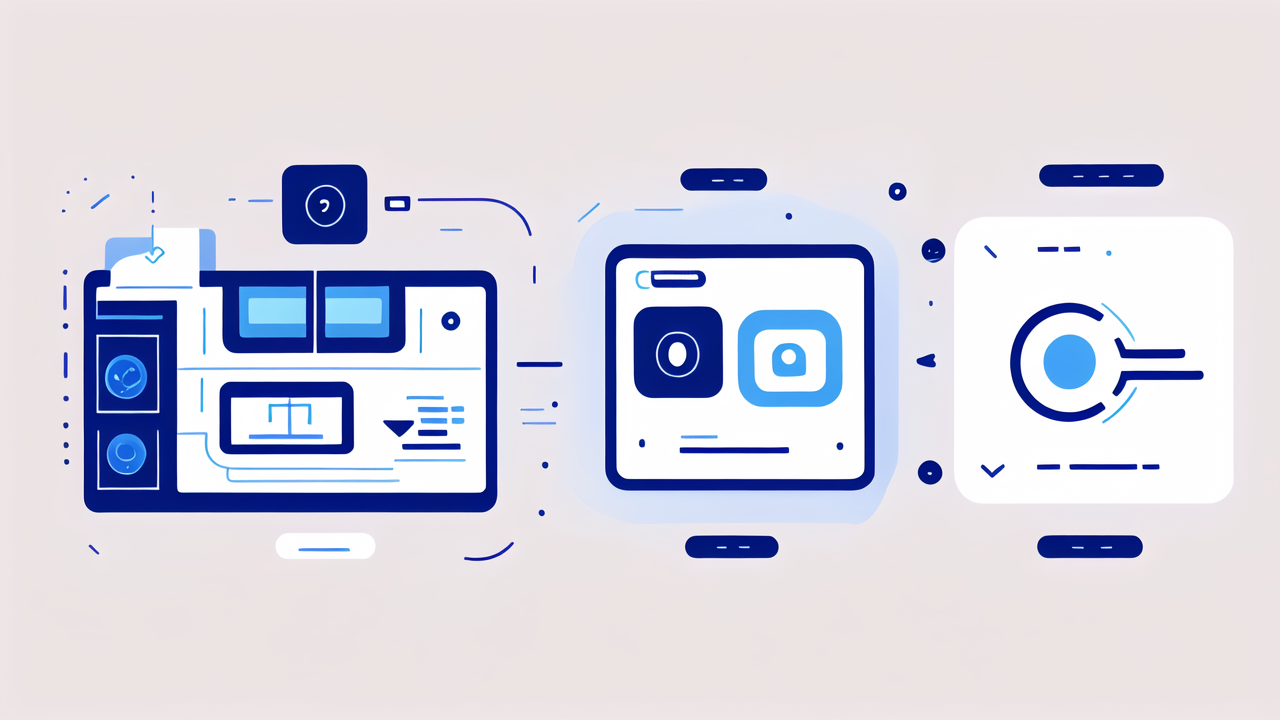The Evolution of Smart Fashion Devices in the United States Market
Understanding the History of Wearable Technology
Wearable tech has come a long way in the US. It started with simple devices like calculator watches in the 1980s. These early gadgets were more about function than style. As tech improved, so did wearables. The 1990s saw the rise of personal digital assistants (PDAs). These were not quite wearable but paved the way for smarter, smaller devices. The 2000s brought us Bluetooth headsets and fitness trackers. These devices were the first to blend tech with daily life. They showed that tech could be both useful and wearable. This set the stage for today's smart watches and other wearable tech.

Key Milestones in Smart Fashion Technology
Several key events shaped smart fashion tech. In 2012, Google Glass made a splash. It was one of the first attempts at smart eyewear. Though it didn't take off, it sparked interest in wearable displays. 2014 saw the launch of the Apple Watch. This device brought smartwatches into the mainstream. It showed that tech could be both functional and fashionable. In 2016, Snapchat released Spectacles. These camera-equipped glasses blended social media with wearable tech. 2019 marked the rise of smart earbuds like Apple's AirPods. These devices made AI assistants more accessible. Each milestone pushed the boundaries of what wearable tech could do and be.
How Consumer Behavior Has Shaped the Smart Fashion Market
Consumer demands have driven smart fashion forward. People wanted devices that fit their lifestyle. This led to more stylish and discreet wearables. Health-conscious consumers spurred the growth of fitness trackers. The desire for constant connectivity boosted smartwatch adoption. Privacy concerns shaped how data is collected and used. The need for personalization led to customizable devices and apps. Consumer feedback has pushed for better battery life and durability. The demand for seamless tech integration has led to more intuitive interfaces. As users became more tech-savvy, they expected more from their devices. This cycle of demand and innovation continues to shape the smart fashion market today.
Analyzing the Current State of the Smart Pro Watch Market
Market Overview: Adoption and Usage Trends
Smart pro watches have seen rapid growth in recent years. They've moved beyond early adopters to mainstream users. Health and fitness tracking remain top features. Many users rely on their watches for notifications and quick responses. Contactless payments via smartwatches are becoming more common. There's a growing trend towards standalone devices with cellular connectivity. Battery life has improved, encouraging all-day wear. More users are exploring advanced features like sleep tracking and stress monitoring. Integration with smart home devices is on the rise. Customization, both in hardware and software, is increasingly important to users. The market is seeing a shift towards more specialized devices for specific activities or professions.

Competitive Landscape: Leading Brands and Innovators
The smart pro watch market is dominated by a few key players. Apple leads with its Apple Watch series. Samsung follows closely with its Galaxy Watch line. Garmin is a strong contender, especially in the sports and outdoor niche. Fitbit, now part of Google, remains popular for fitness-focused users. Traditional watchmakers like Fossil have entered the market with hybrid smartwatches. Huawei is gaining ground, especially in markets outside the US. Smaller brands like Withings offer unique features to carve out their niche. Tech giants like Google are investing heavily in wearable tech and software. Innovation is rapid, with new features and designs released regularly. Competition is fierce, driving continuous improvement and differentiation.
Consumer Preferences and Market Segmentation
Consumer preferences in smart pro watches vary widely. Some users prioritize fitness features and accurate health tracking. Others focus on style and customization options. Battery life is a key factor for many when choosing a device. There's a growing demand for watches that can function independently from smartphones. Price remains a significant factor, with options available at various price points. The market is segmented into several categories:
- Fitness enthusiasts: Prefer rugged designs and advanced tracking features
- Fashion-conscious users: Value style and customization options
- Tech enthusiasts: Seek the latest features and integrations
- Health-focused individuals: Prioritize medical-grade sensors and health apps
- Professionals: Look for productivity tools and sleek designs
- Outdoor adventurers: Need durable devices with GPS and long battery life
Each segment has unique needs, driving diversification in the market.
Future Directions for Smart Pro Watches in the Fashion Industry
Emerging Trends in Wearable Fashion Technology
Several trends are shaping the future of smart pro watches. Artificial intelligence is becoming more integrated, offering personalized insights. Augmented reality features are starting to appear in high-end models. There's a push towards more sustainable materials and manufacturing processes. Flexible displays may allow for new form factors and designs. Improved sensors could enable more accurate health monitoring. 5G connectivity could make watches more independent from phones. Voice control and natural language processing are becoming more sophisticated. There's growing interest in emotional AI to detect and respond to user mood. Haptic feedback is evolving to provide more nuanced interactions. Energy harvesting tech could lead to self-charging watches in the future.

Potential Challenges and Opportunities for Smart Pro Watches
Smart pro watches face several challenges. Privacy concerns around data collection and use persist. Battery life remains a limitation for some advanced features. Balancing functionality with size and style is an ongoing challenge. Interoperability between different ecosystems can be improved. The rapid pace of innovation may lead to shorter product lifecycles. However, these challenges also present opportunities. There's room for innovation in power management and battery tech. Improved data security could be a key differentiator. Collaborations between tech companies and fashion brands could yield unique products. The growing health tech market offers potential for medical-grade features. Customization and personalization present opportunities for niche markets.
Strategic Recommendations for Stakeholders
For stakeholders in the smart pro watch market, several strategies are worth considering:
- Focus on seamless integration with other devices and services
- Invest in AI and machine learning to provide more personalized experiences
- Prioritize privacy and data security to build trust with consumers
- Explore partnerships with fashion brands to enhance design appeal
- Develop specialized features for specific professions or activities
- Invest in sustainable materials and manufacturing processes
- Improve health monitoring capabilities to tap into the wellness market
- Enhance customization options to cater to diverse consumer preferences
- Explore new form factors and designs to stand out in the market
- Develop robust app ecosystems to increase device utility and user engagement
By focusing on these areas, stakeholders can position themselves for success in the evolving smart pro watch market.




Leave a comment
This site is protected by hCaptcha and the hCaptcha Privacy Policy and Terms of Service apply.